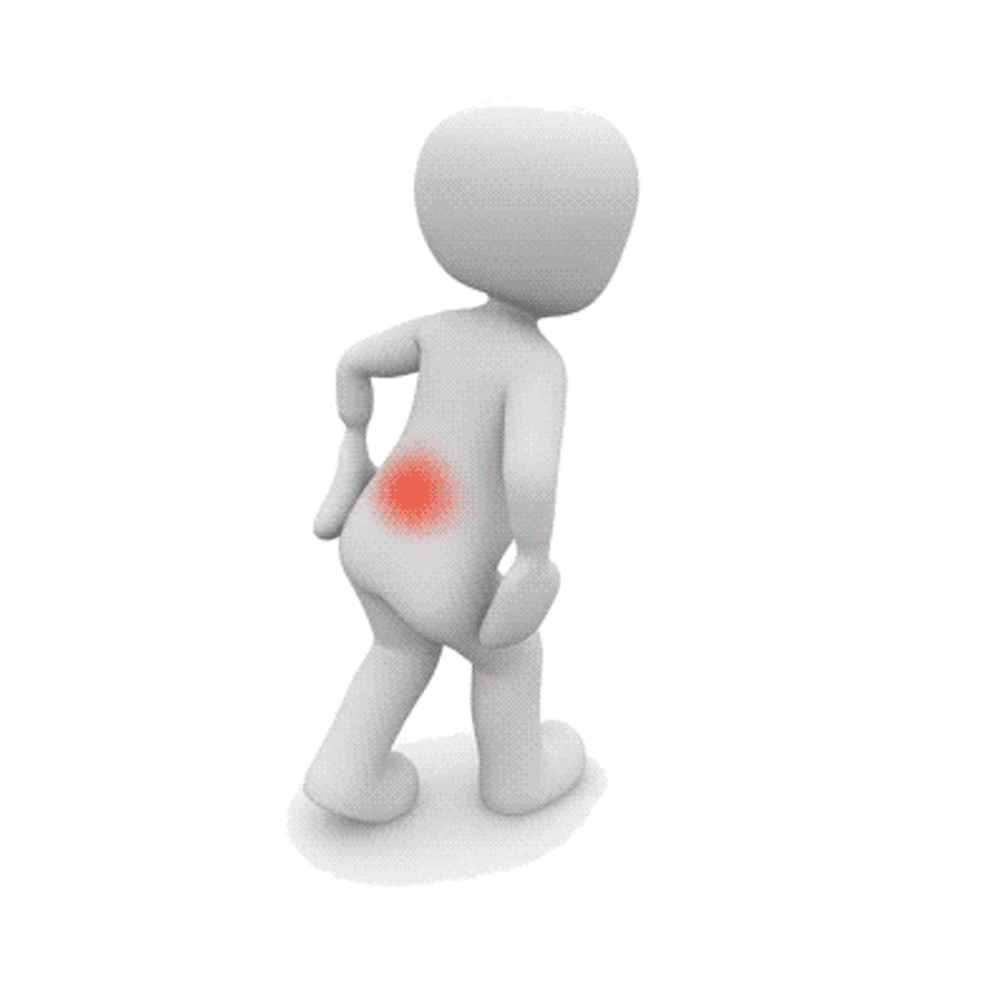Signs of Sepsis and What To Do
This pressure ulcer guide is available in three versions on this page: text, image, and PDF download. Please choose the option you would like to read.
Signs of Sepsis – Text Version
Signs of Sepsis – Image Version
Signs of Sepsis – PDF Download
Signs of Sepsis* and What To Do – Text Version
*Sepsis used to be called blood poisoning.
Sepsis is when your body fights too hard against an infection.
Sometimes important body parts get damaged.
If you don’t get the right care for sepsis quickly, you can die.
Sepsis used to be called blood poisoning or septicaemia.
You can’t catch sepsis from another person.
Sepsis can be hard to spot.
At the start you may look okay but feel really bad.
Spotting the signs of sepsis
Call 999 if you or someone else has any of these signs of sepsis.
Sometimes it is hard to know if you or somebody you look after has sepsis, or if it is something else, like flu or a chest infection.
Signs of sepsis are:
- Pale, blotchy or blue skin, lips or tongue.
Blotchy skin is when parts of your skin are a different colour than normal. - A rash that does not go away when you roll a glass over it. A rash is when a part of your skin is covered in small spots or patches.
- Finding it hard to breathe or breathing very fast.
- Crying in babies and young children that is weak and quiet. Or crying that is a higher pitch than usual.
- Feeling or acting confused or not wanting to do things you usually do.
- Finding it harder to talk than you normally do. This might be mumbling or not making sense.
- Being sleepier than normal or being hard to wake up.
- Feeling very poorly or like something is really wrong with your body.
- Not peeing all day (or in 12 hours for babies and young children).
- Having a cut that hurts a lot and is red or swollen.
- Feeling very hot, very cold, or shivering.
- Not eating normally.
- Being sick.
- Don’t worry if you are not sure you have sepsis, it is still better to call 999.
Signs of Sepsis and What To Do – Image Version








